The new Star Wars series benefits from its distinctive action choreography but it’s undone by its storytelling.
Akhil Arora, a member of the Film Critics Guild and a Rotten Tomatoes-certified film critic, who has watched four episodes of Star Wars: The Acolyte. He has been reviewing TV series since 2015 and has written for NDTV and SlashFilm.

Since the beginning, every Star Wars movie has had a lightsaber duel. On rare occasions, only in the prequel trilogy, have there been situations where we have had more than two lightsabers in one scene. Towards the end of the fourth episode of the new Star Wars series The Acolyte, a masked stranger—wielding a red lightsaber—confronts our protagonist. In response, they are met with eight lightsabers: some green, others yellow, and one blue. It’s a fascinating and incredulous moment, not least because we haven’t seen the likes of it in live-action Star Wars. It’s made possible thanks to The Acolyte’s setting in the High Republic era—a hundred years prior to Episode I – The Phantom Menace—during a time when the Jedi Order was at the peak of its power.
While the bulk of the supporting cast are Jedi—a Master, a Knight, or a Padawan—the central characters of The Acolyte are Force-sensitive twin sisters. Separated in childhood after a tragedy, a series of events force them to face each other 16 years later. Their complicated relationship—depicted in an extended episode-long flashback—forms the bedrock of the new Star Wars series. Both see each other as the bad guy and are convinced they are on the right path. And The Acolyte does its best to give them equal weightage. At its best, it’s about their duality. Their opposing masters are pulling them towards the light and dark side of the Force. The show makes it clear that the Jedi may be a force for good, but they also tend to close ranks and be super secretive to protect themselves.
-
Star Wars: The Acolyte cast — the full list
The new Star Wars series has a lot of Jedi and Force-sensitive characters.
In The Acolyte, unique action but poor dialogue
Given the material it’s operating with, The Acolyte is a self-serious show for the most part. The sisters are dealing with inner turmoil, most of the Jedi are stiff and lack self-awareness, and the menacing Sith stranger is pulling the narrative strings. That said, there are rare attempts at comedy with the help of a droid and a furry creature, Manny Jacinto’s character, and a sarcastic remark. But elsewhere, the new Star Wars series suffers from poor dialogue. At times, the lines repeat exactly what was previously communicated. More crucially, The Acolyte feels like it’s been re-edited and gone through the post-production wringer. It doesn’t feel whole—like parts are missing. Thankfully, with the episodes ranging between 32 and 42 minutes, at least it doesn’t overstay its welcome.
The Star Wars series fares infinitely better in the action department. The heavy use of martial arts—a mix of kung fu, kenjutsu, kali/arnis, and kickboxing—sets The Acolyte apart from what Star Wars has given us in the past. In most fight scenes, the Jedi aren’t trying to kill but simply to put an end to the violence. They deflect incoming attacks and cleverly disarm their enemies. They use the opponent’s body momentum against them. And they use the Force not as a weapon but to push back and create space. All of this results in distinctive movement and choreography. It helps too that the action is handled very well, from a direction, editing, and sound design standpoint. But The Acolyte cannot coast on that alone. It’s found lacking elsewhere.
A lone assassin and a former Jedi in new Star Wars series
Opening with lines of text that are all but a Star Wars crawl in name, The Acolyte informs us that it is a time of peace. While the Republic and the Jedi Order have prospered for centuries without war, a powerful few are secretly learning to use the Force in the dark corners of the galaxy. Young dreadlocked warrior and lone assassin Mae-ho “Mae” Aniseya (Amandla Stenberg) is among them. Due to a tragedy 16 years ago, she seeks revenge on four Jedi. After she confronts one of them—Jedi Master Indara (Carrie-Anne Moss), who’s essentially like Trinity from The Matrix with a lightsaber—the Order moves to apprehend her former Jedi twin sister Verosha “Osha” Aniseya (Stenberg) as Mae has been presumed dead for years.
That brings in Jedi Master Sol (Lee Jung-jae) who trained Osha before she left the Order six years ago. He’s tasked with assembling a small team to avoid raising alarms as Osha was one of them. That includes by-the-book Jedi Knight Yord Fandar (Charlie Barnett) and Sol’s current Padawan, the curious Jecki (an unrecognisable Dafne Keen). With Osha in custody, it soon becomes clear that Mae is alive. As the Jedi traverse the galaxy in search for Mae—the first four episodes are set on a bunch of new planets created for The Acolyte, save for Coruscant and one we’ve briefly been to in The Clone Wars—the journey allows the show to probe why Osha left the Jedi Order, what’s drawing Mae to the dark side, and how Sol blames himself for not being able to save them both.
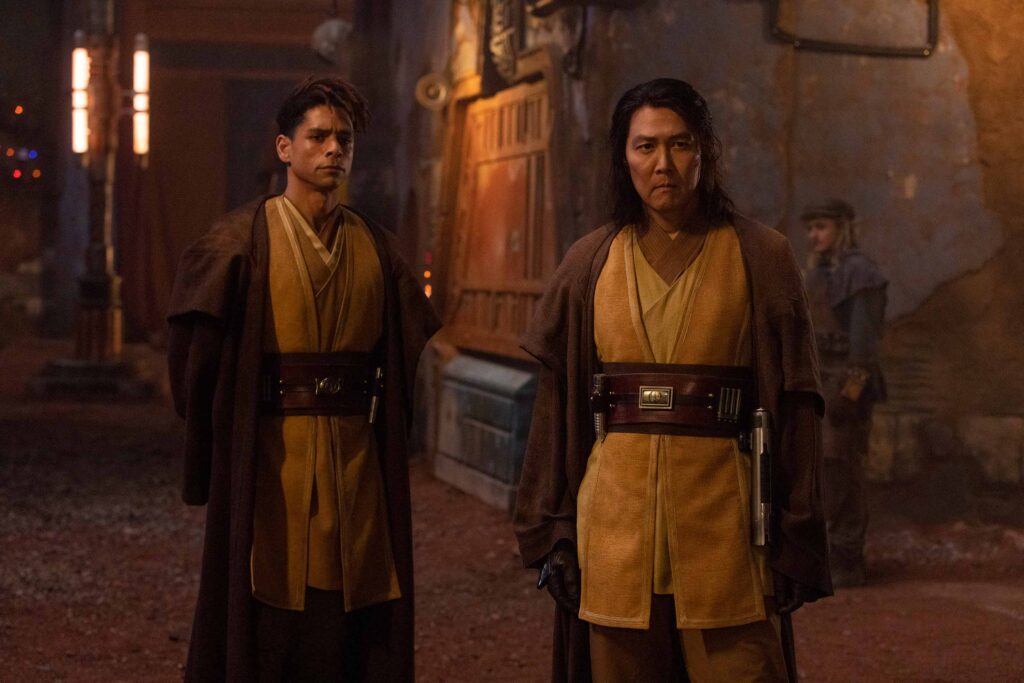
The Acolyte struggles to explore its ideas
Osha has lived her life in loss and anger—a mixture of mourning her sister but also hating her for what she did—and it’s why she has closed herself off to the Force, thanks to the conflicted relationship with her twin. Mae, who believed Osha dead, blamed the Jedi for losing her sister. That, and her upbringing, has pushed her beyond the edge. Through this, The Acolyte explores how the Jedi Order might have overextended and abused its power to suppress other groups of Force-sensitive individuals across the galaxy. While they take away children to train them from a young age and avoid attachment, they also frown at anyone else who does the same. Who is power for and who’s allowed to use it? Those are the ideas the new Star Wars series attempts to tackle.
Unfortunately, The Acolyte isn’t even close to successful in fleshing out its themes and concepts on the level of something like Andor. But the bigger problem is that the episodes are lacklustre. The conversations aren’t engaging or illuminating. After an intriguing start—the opening scene is set in an eatery reminiscent of the Mos Eisley cantina from the first ever Star Wars movie—the humdrum pilot is all table setting as it introduces the roster of characters. It hints at meaningful change only to reverse course and end up where it was going anyway. The third episode—set in the past—is separate from the main narrative but at least it deepens the relationship between the sisters and provides vital context.
-
Every Star Wars movie, ranked
From 1977’s A New Hope to 2019’s The Rise of Skywalker, film critic Akhil Arora ranks every Star Wars movie ever made.
A stop-start Star Wars show
The writing isn’t the only issue. The direction is also lacking. A tragic scene in the third episode starts off as relatable but then dissolves into convenience before losing the plot altogether. Rather than allow a child to navigate her grief and lend all possible help, the Jedi who saved her is more interested in informing her that they are taking her to Coruscant (she’s never heard about it, so who cares) where she can be his Padawan and train to be a Jedi. Even though the kid may want that, this is not the moment to bring it up. And it’s not like The Acolyte is smart enough to recognise that the Jedi in question is being emotionally unintelligent.
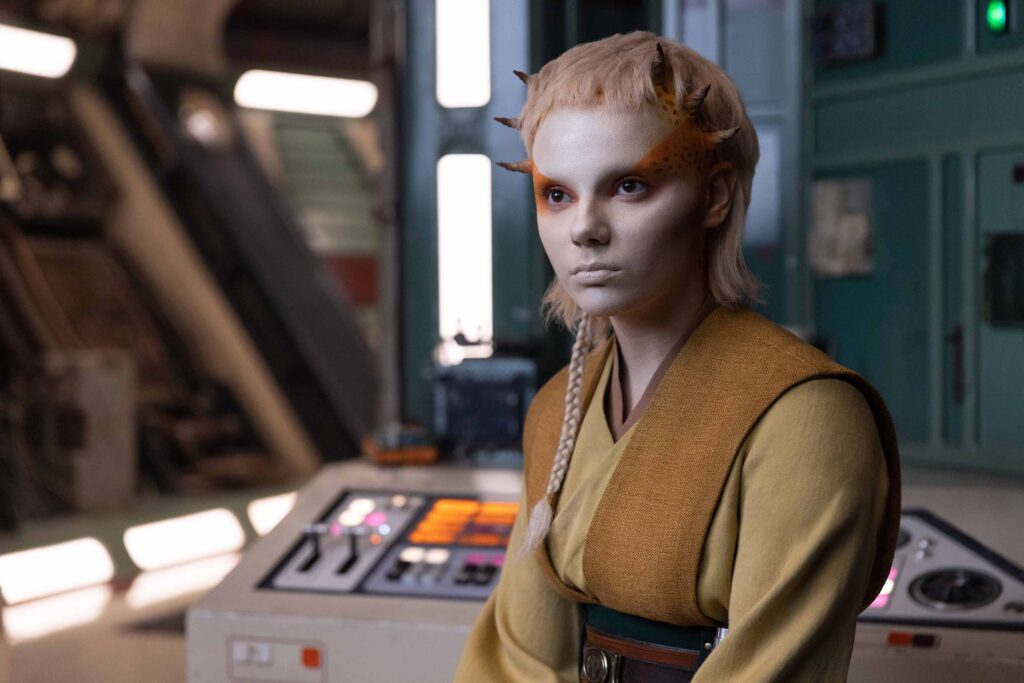
That disjointed feeling permeates a large part of the new Star Wars series. It’s very much a stop-start show. It’s a shame, too, given the promise it held. As a series set during the High Republic era, The Acolyte offers long-term fans a peek into a time that hasn’t been explored much. The fact that it’s standalone and unrelated to the rest of Star Wars makes it a good entry point for new fans, which is necessary for an ever-expanding franchise. On top of that, it’s welcoming a new diverse audience by spotlighting women and people of colour. (Lee is Korean, Jacinto is Filipino Canadian, and Stenberg has Danish and African American parents. The Acolyte is the first Star Wars series created by a woman in Leslye Headland.)
But despite all the lightsabers and the well-choreographed action, The Acolyte cannot hold you. It’s not a harmonious mix—the alchemy is off. The force is not in balance.
The first two episodes of The Acolyte are out Tuesday, June 4 in the Americas and Wednesday, June 5 elsewhere on Disney+. A new episode will be released every Tuesday/Wednesday until July 16/17.
- Death Stranding 2 review: drifting into doubt – December 23, 2025
- Every Indian Netflix original movie, ranked – December 19, 2025
- All 37 Marvel Cinematic Universe movies ranked, including The Fantastic Four: First Steps – August 3, 2025

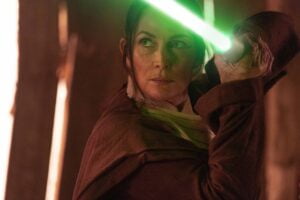
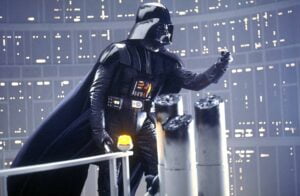
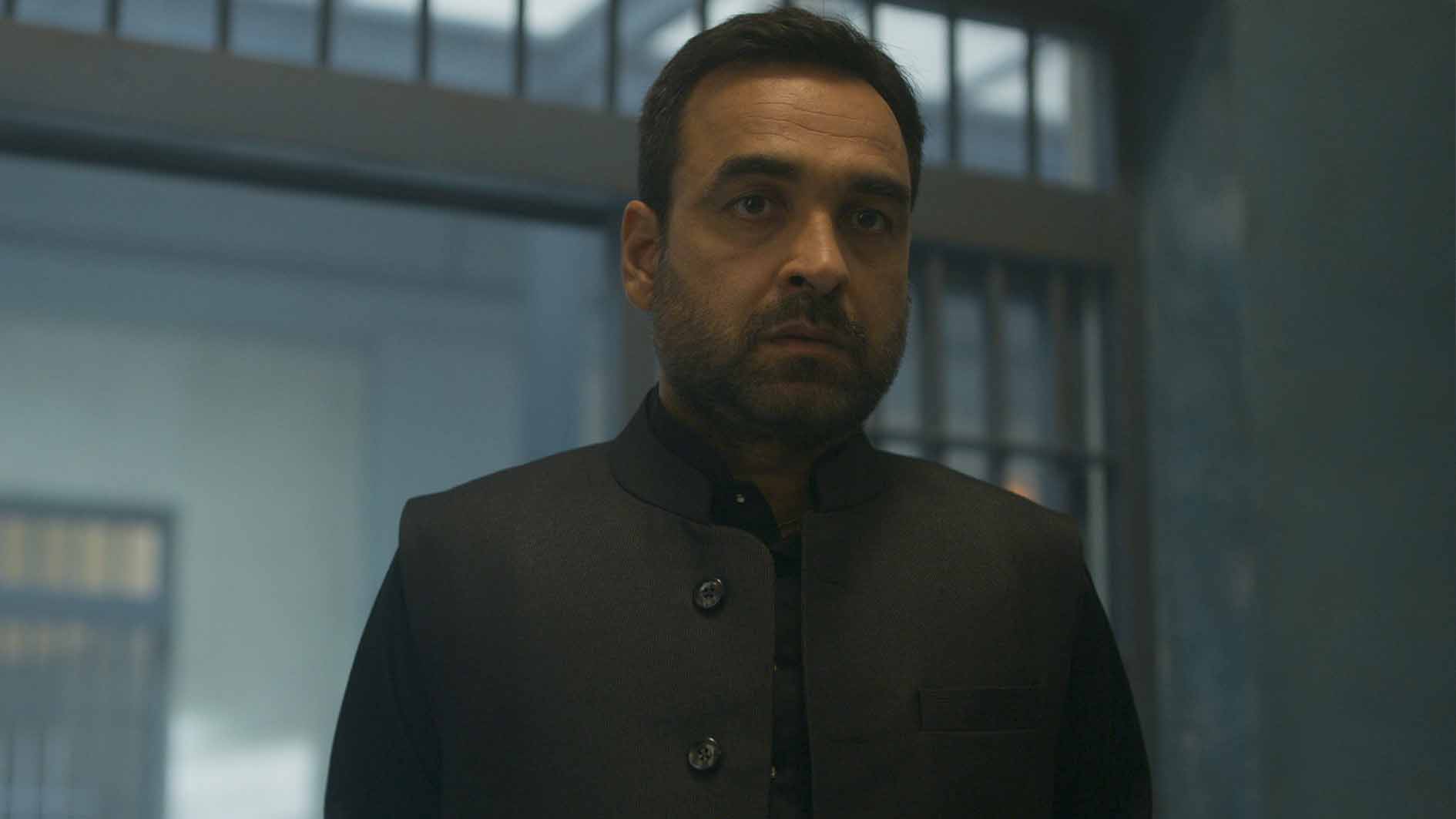


What do you think?